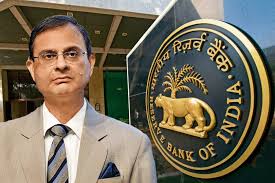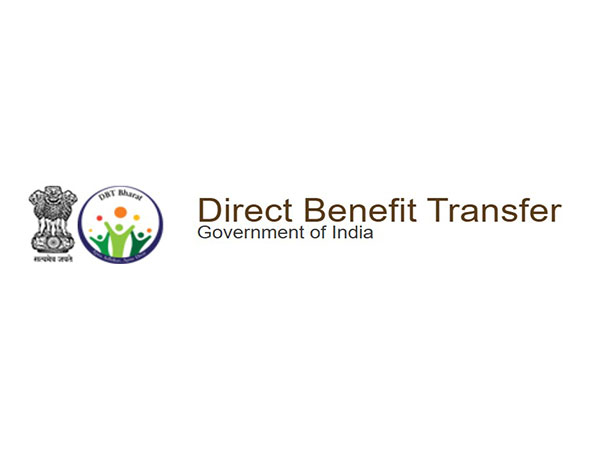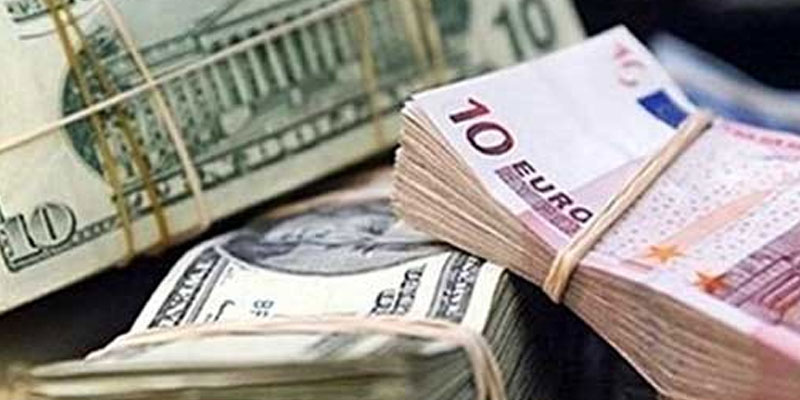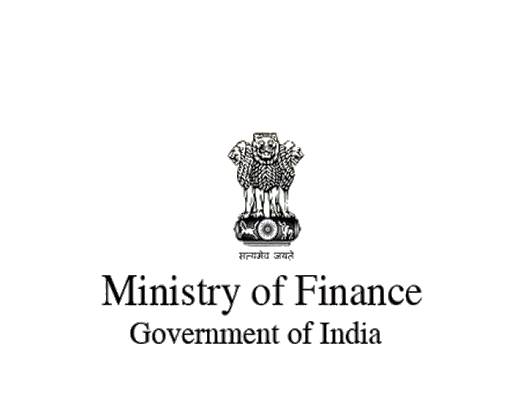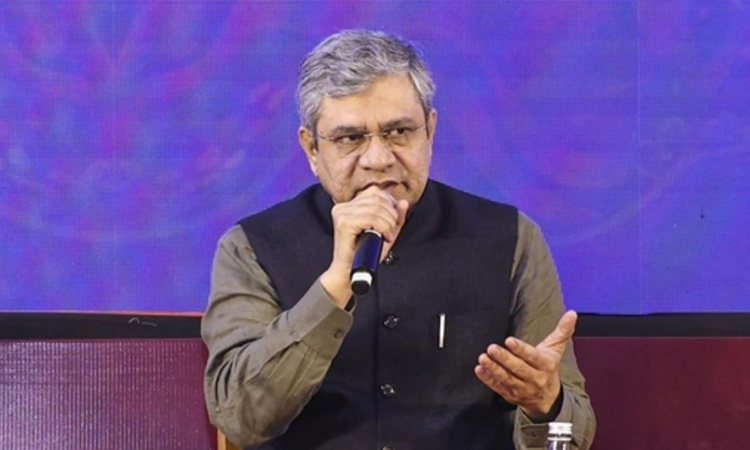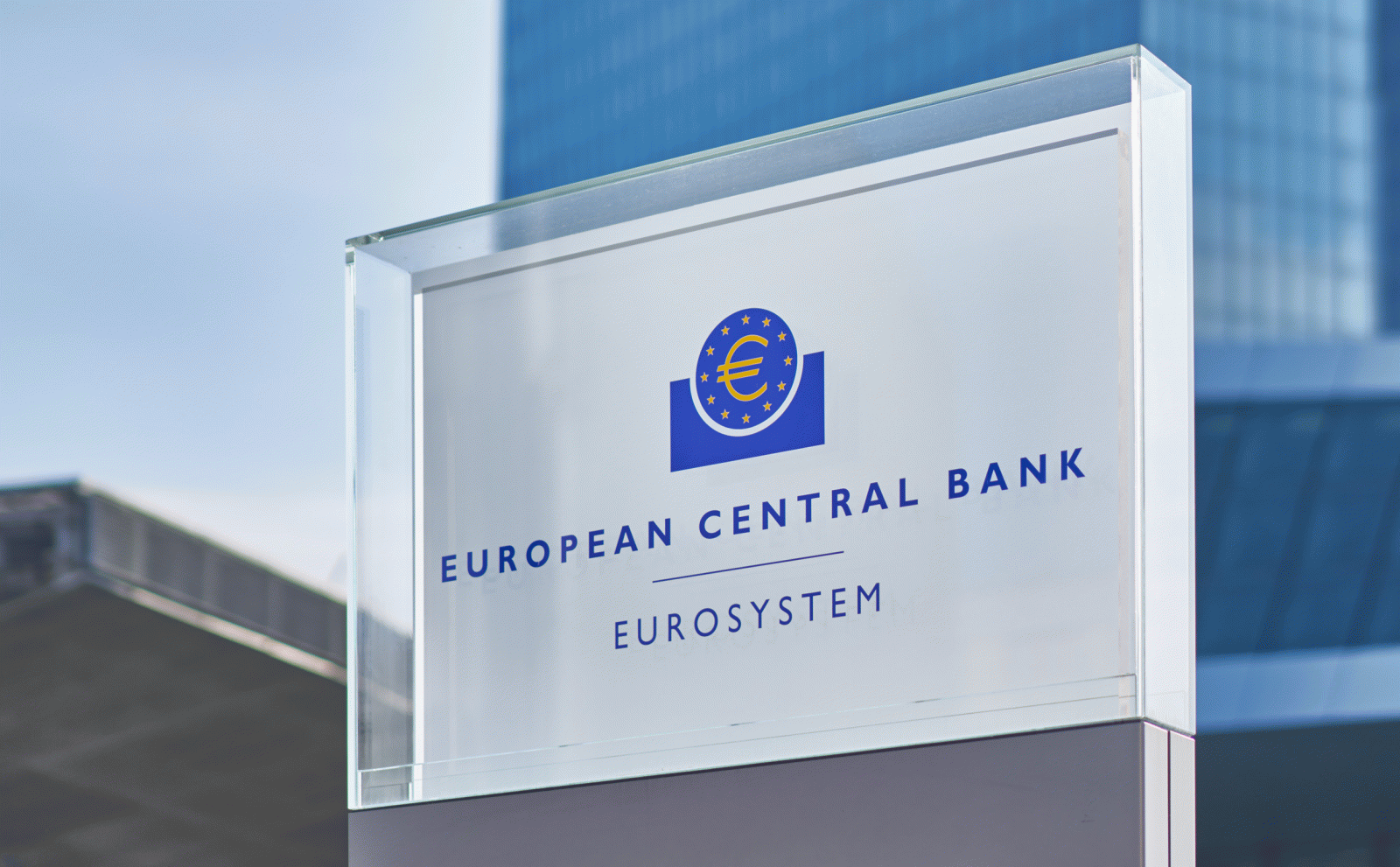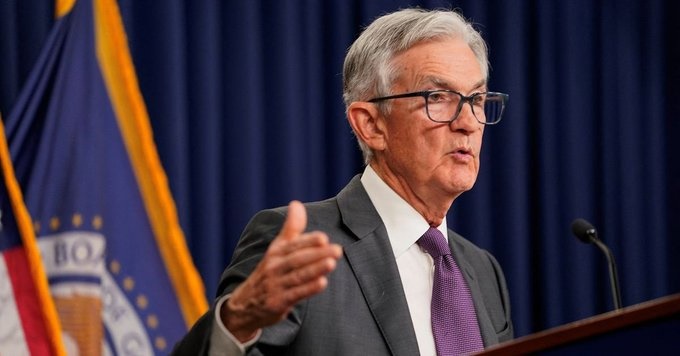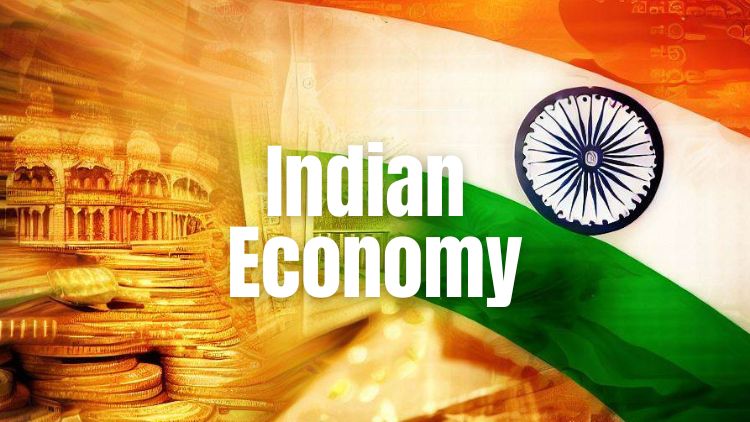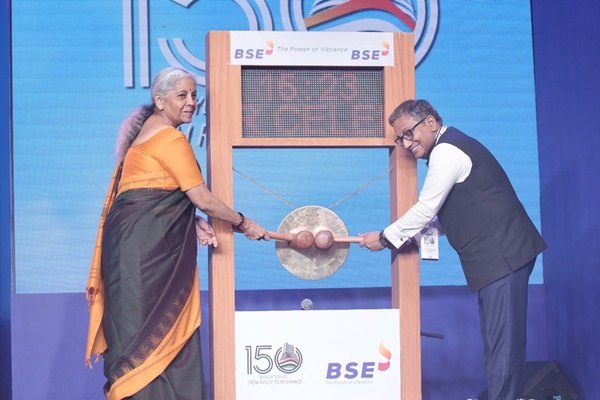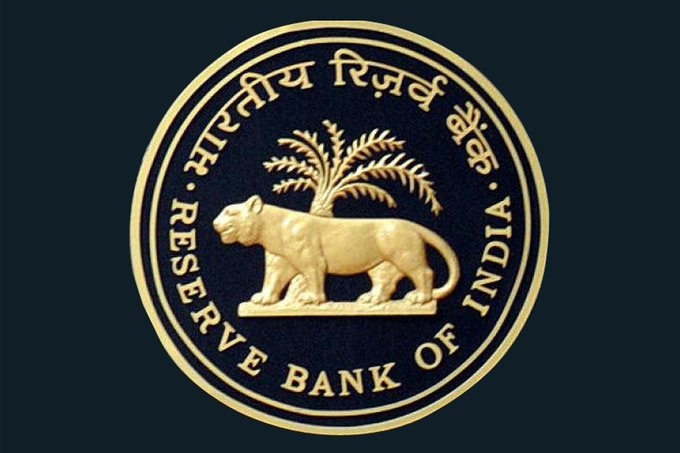Extreme Weather Conditions May Pose Risk To Inflation: RBI Bulletin
Wed 24 Apr 2024, 09:55:04
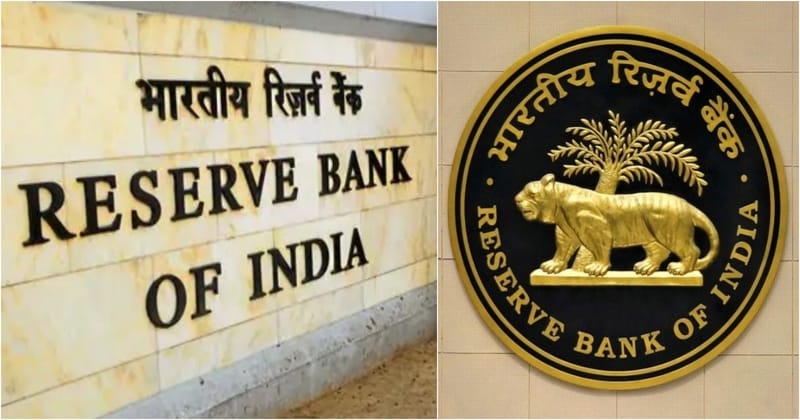
The Reserve Bank of India’s April bulletin has said that conditions are shaping up for an extension of a trend upshift in real GDP growth, backed by strong investment demand and upbeat business and consumer sentiments. The article titled ‘State of the Economy’ says that CPI inflation settled at 4.9 percent in March after averaging 5.1 percent in the preceding two months.
The article, however, warns that extreme weather events may pose a risk to inflation, along with prolonged geo-political tension that could keep crude oil prices volatile.
Another article titled ‘Food and Fuel Prices: Second Round Effects on Headline Inflation in India’ claims that the impact of food shock on core inflation has reduced over time while that of fuel shock has increased recently. It adds that the second-round effects of food and fuel inflation on headline inflation
have become subdued, especially after the adoption of flexible inflation targeting in India.
have become subdued, especially after the adoption of flexible inflation targeting in India.
The bulletin has also published an article on ‘India’s Foreign Exchange Reserves in High Volatility Episodes: ‘An Empirical Assessment’. This article analyzes the trend in India’s foreign exchange reserves during major high-volatility episodes like the Global Financial Crisis, the Eurozone debt crisis, the US-China trade war, the recent Russia-Ukraine conflict, and monetary policy tightening in the US. It indicates that the Reserve Bank has managed to contain rupee volatility and keep forex markets largely stable in all high-volatility episodes. It adds that rupee volatility has remained lowest among currencies of major emerging and advanced economies, despite unprecedented headwinds, especially during the Russia-Ukraine war.
No Comments For This Post, Be first to write a Comment.
Most viewed from Business
AIMIM News
Latest Urdu News
Most Viewed
May 26, 2020
Do you think Canada-India relations will improve under New PM Mark Carney?
Latest Videos View All
Like Us
Home
About Us
Advertise With Us
All Polls
Epaper Archives
Privacy Policy
Contact Us
Download Etemaad App
© 2025 Etemaad Daily News, All Rights Reserved.



